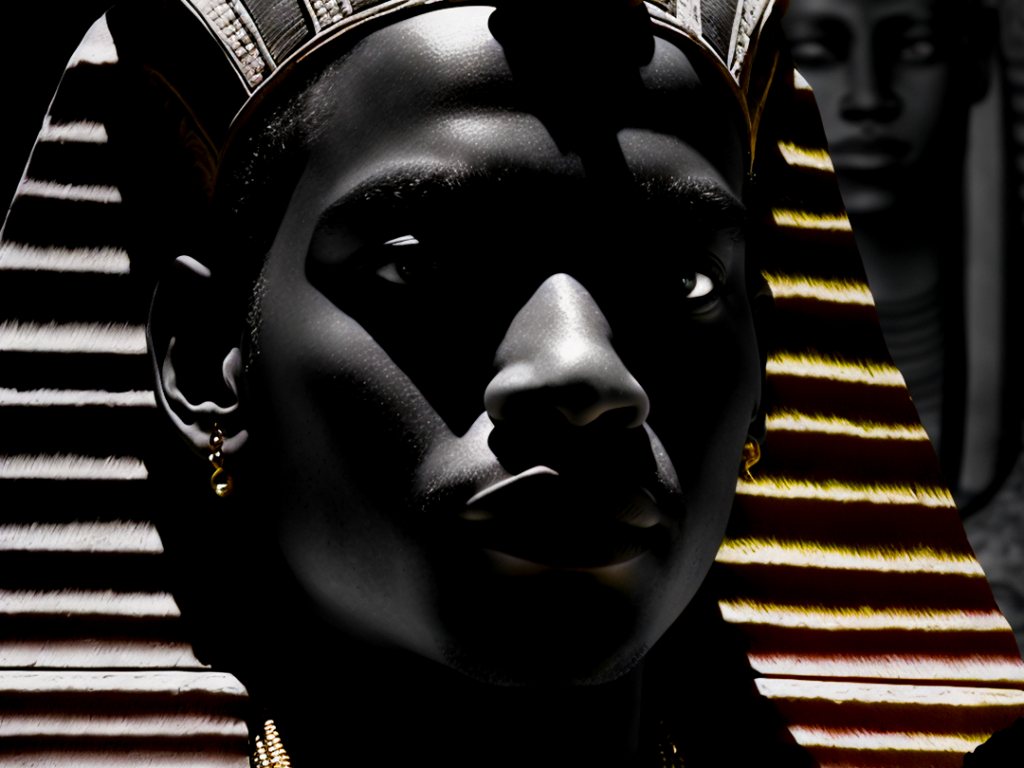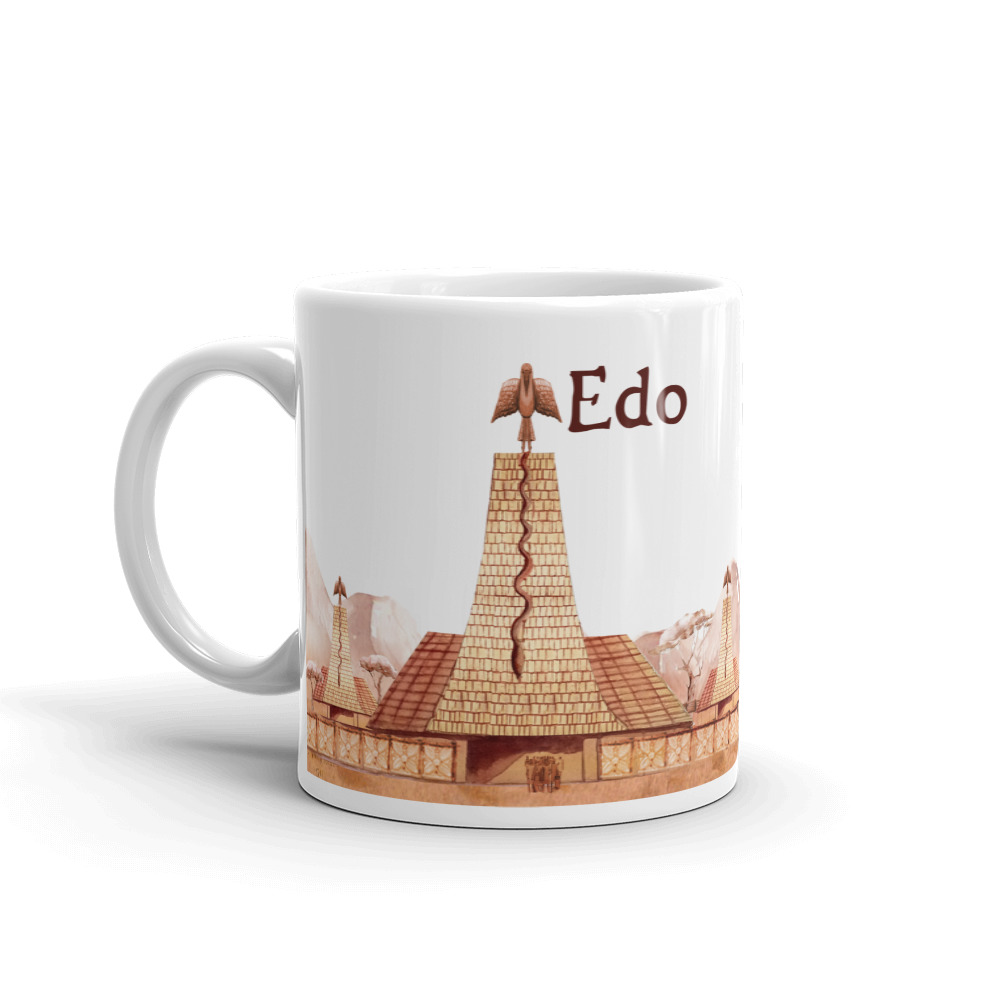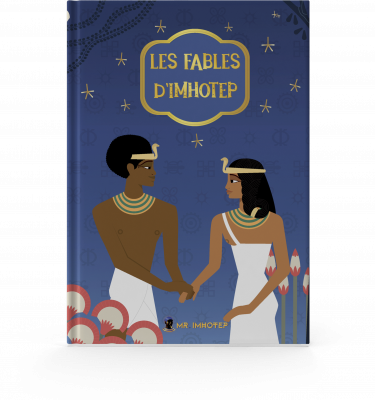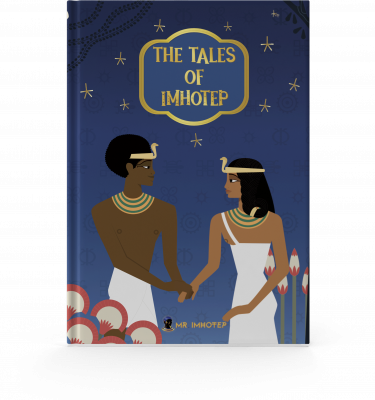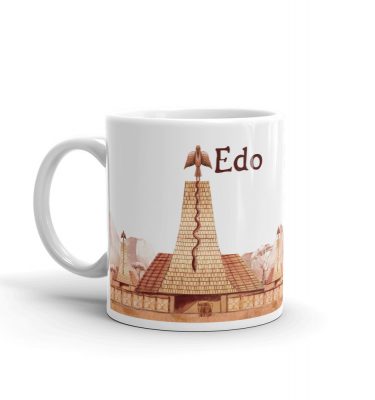Amenemhat I, an ancient Egyptian king, rose to power during a time of political turmoil and uncertainty. He was the son of a priest called Senusret and a woman, probably of direct Nubian descent called Nefret. His mother is attested on an offering table found at his pyramid at El-Lisht and his father is attested on a block from Karnak.
The relationship between Amenemhat I and his predecessors, particularly Mentuhotep IV, remains unclear, though he may have been identical to the vizier Amenemhat under Mentuhotep IV mentioned in inscriptions from Wadi Hammamat. His horus name Wehem-mesut (“he who repeats births or rebirth”), was no doubt chosen to celebrate the inauguration of a new dynasty. It is possible that the literary work known as The Prophecy of Neferti, in which the emergence of a ruler called Ameny, son of a Nubian woman from the holy city of Nekhen, is supposed to have been foretold by a prophet in the Old Kingdom, and was composed partly in order to legitimize his accession.

"The transliteration follows Helck 1970b, using the copy on Papyrus Hermitage 1116B as principal source. The section divisions are those of Helck 1970b: after each section number are given the corresponding line-numbers in Papyrus Hermitage 1116B." 13 (Papyrus Hermitage 1116B, lines 57 to 61)“nswt pw r iyt n rsy imny mAa xrw rn.f sA Hmt pw n tA sty ms pw n Xn nxn iw.f r Ssp HDt iw.f r wTs dSrt iw.f smA sxmty iw.f r sHtp nbwy m mrt.sn pXr iHy m xfa wsr m nwd There is a king who will come from the south Ameny true of voice is his name. He is the son of a woman of the Land of the Bow, he is a child of the Heartland of Nekhen. He will take up the White Crown, he will raise up the Red Crown, he will unite the Two Mighty Goddesses, he will appease the Two Lord Gods, with what they desire. The field circuit is in his grasp, the oar in the jump.”
Prophecy of Neferti Tweet
Despite the challenges he faced, Amenemhat I was able to secure his rule and leave a lasting legacy on ancient Egyptian history. The dynasty of Amenemhat I is widely recognized as one of the most accomplished and influential in the history of Kemet. He is known for his association with one of only two ethical teachings attributed to Egyptian monarchs, entitled the Instructions of Amenemhat. His Horus name, Wehemmesu, meaning “renaissance” or “rebirth,” alludes to the Old Kingdom period, whose cultural icons and models were emulated by the Twelfth Dynasty kings after the end of the First Intermediate Period. This period also saw the promotion of the king’s cult and a return to a more centralized government.
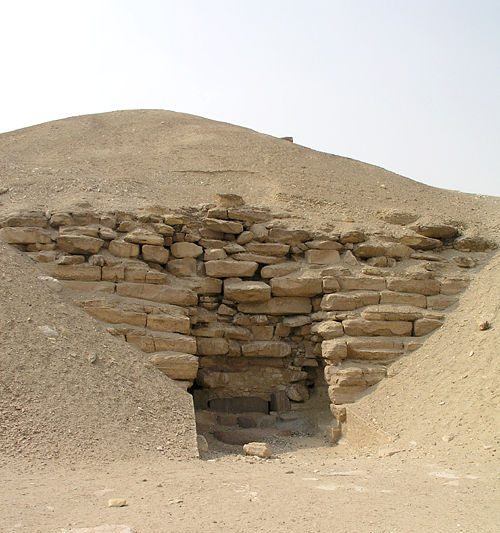
Amenemhat I also left an architectural legacy, having built his pyramid at El-Lisht, also known as “Cult places of Amenemhat’s appearance.” The pyramid was made of roughly hewn limestone blocks filled with sand, debris, and mudbrick, and also contained relief-decorated blocks taken from Old Kingdom monuments. It was encased in fine limestone blocks, had a base length of 84m, and a height of either 55m or 58m. However, due to poor construction and the use of low quality materials, the pyramid is now a 20m tall ruined mound. On the east side of the pyramid, Amenemhat I built a mortuary temple before the pyramid which was named ‘High [rises up] Amenemhat’s beauty’
The temple was a testament to the king’s devotion to the gods and served as a place for the mortuary cult of the king. The temple was also a symbol of his power and authority, serving as a reminder of his rule to those who entered it. Despite the grandeur of the pyramid and the temple, the reign of Amenemhat I was not without its challenges.
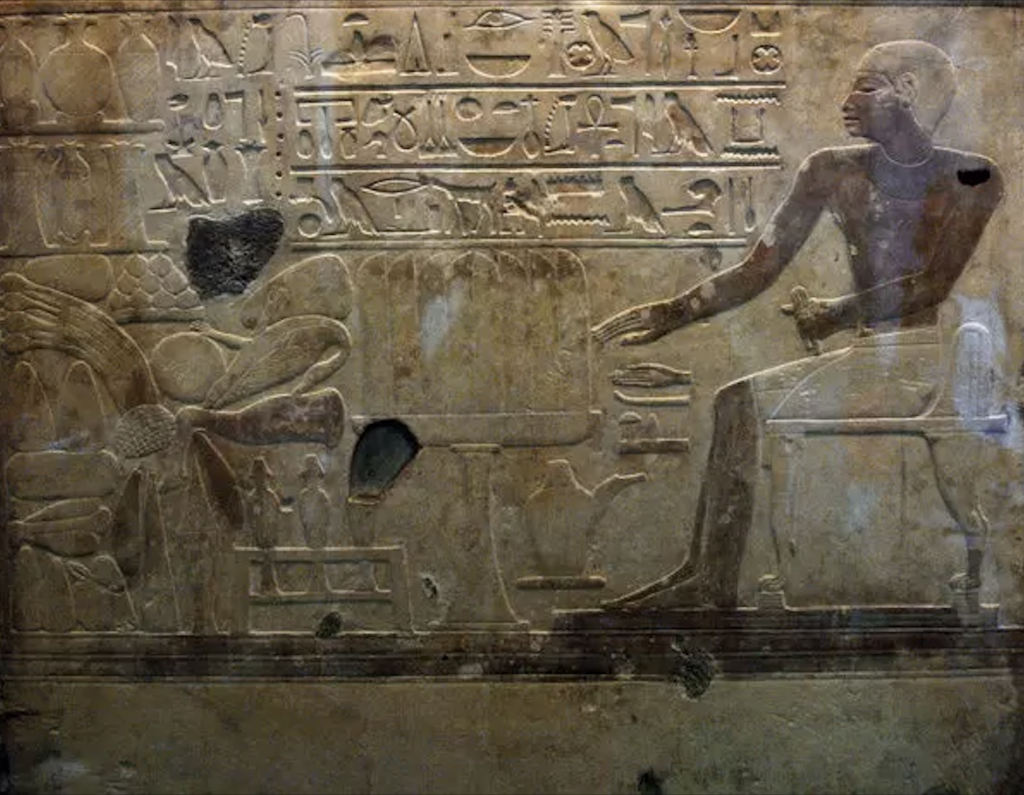
There were indications of possible unrest during his rule, as evidenced by inscriptions of Nehri, a local governor. Additionally, there were naval battles in which an associate of Amenemhat I, Khnumhotep I, helped to procure victory. Khnumhotep later became an important local governor at Beni Hasan, and his descendants continued to hold this position for several generations.
Amenemhat I’s death is shrouded in mystery and there are several theories about how it occurred. Two literary works dating from the end of his reign, the “Story of Sinuhe” and the “Admonitions of Ipuwer,” both contain references to a violent end for the king. Despite this, it is clear that Amenemhat I was able to establish a stable rule and secure his place in history as a powerful and influential king. His son Senusret I, named after his grandfather, succeeded him on the throne and continued his father’s legacy, building on the political and cultural foundations laid by Amenemhat I.
The reign of Amenemhat I was a pivotal moment in ancient Egyptian history, marking a resurgence of the central government and the promotion of the king’s cult. His pyramid and mortuary temple at El-Lisht stand as a lasting testament to his rule and his legacy endures to this day.
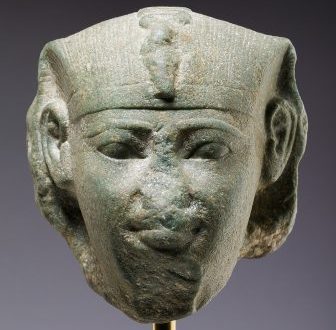
The restoration project aims to combat the longstanding distortion of African history through visuals or representation. For too long, ancient African figures who accomplished great things have been misrepresented as white or white-passing, while the contributions of all groups of people have been erased or minimized. This systematic falsification of history has had a damaging effect on the self-esteem and opportunities of African people, and has contributed to the oppression they experience in their daily lives.
I am excited to present a facial reconstruction of Pharaoh Amenemhat I, created with attention to detail in depicting his facial features and a skin tone commonly found in the population of Upper Kemet. It offers a glimpse into the appearance of this remarkable ruler. I hope you will appreciate the care taken in its creation, and note that improvements may be made as my skills develop.
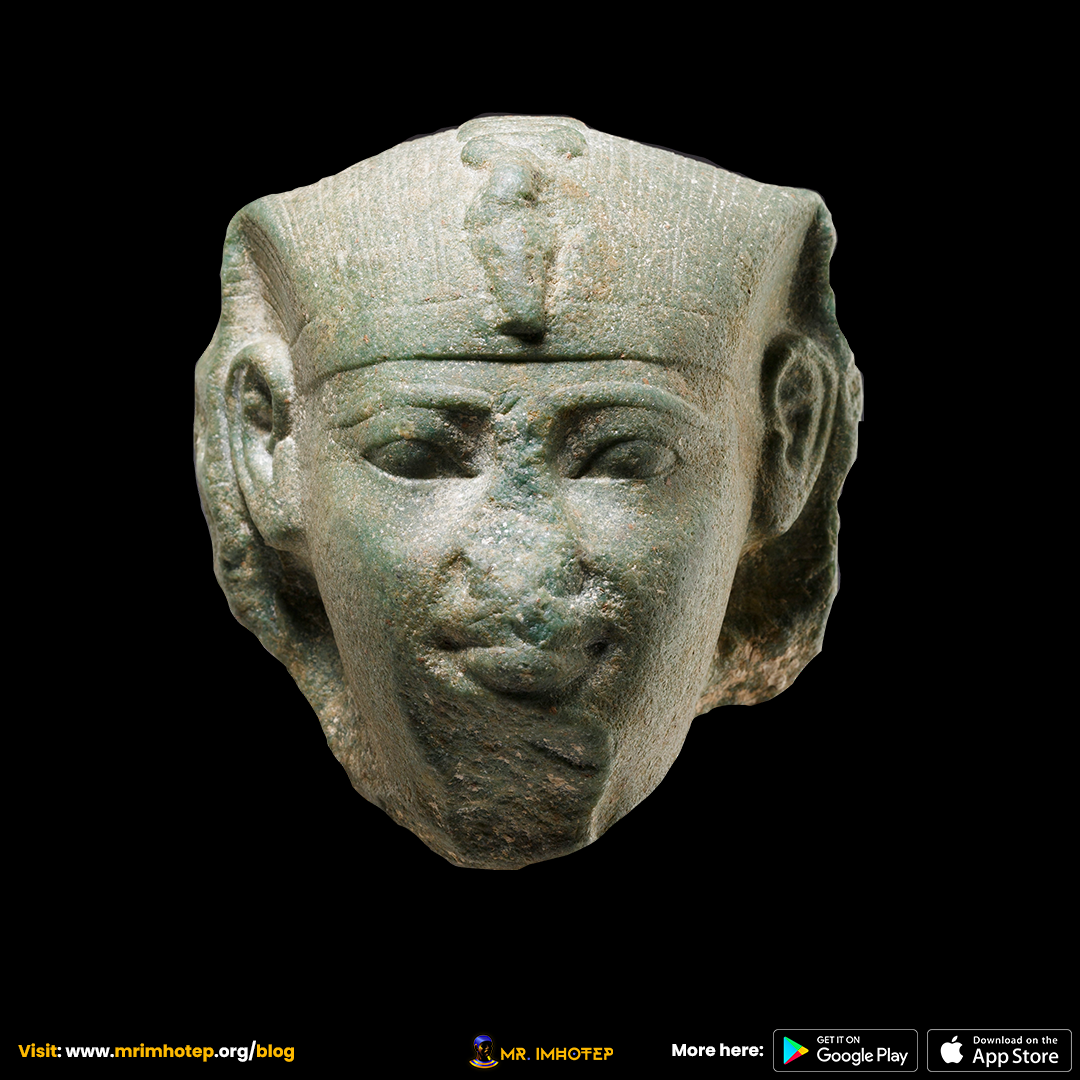

If you would like to support this initiative, please consider making a donation or spreading the word about the ‘Restoration Project’ to your network. Together, we can work towards a future where all groups of people are accurately and fairly represented in the historical narrative. Thank you for visiting our website and for supporting this important cause.
Or become an architect, join the builders on Patreon
References:
- Dictionnary of Ancient Egypt – Ian Shaw and Paul Nicholson
- Franke, Detlef (2001). “Amenemhat I”. In Redford, Donald B. (ed.). The Oxford Encyclopedia of Ancient Egypt, Volume 1. Oxford: Oxford University Press. pp. 68–69. ISBN 978-0-19-510234-5.
- Lehner, Mark (2008). The Complete Pyramids. New York: Thames & Hudson. ISBN 978-0-500-28547-3.
- Callender, Gae (2003). “The Middle Kingdom Renaissance (c. 2055–1650 BC)”. In Shaw, Ian (ed.).
- The Oxford History of Ancient Egypt. Oxford: Oxford University Press. pp. 137–171.
- ISBN 978-0-19-815034-3.
Wonderful Ethiopians of the Ancient Cushite Empire BY DRUSILLA DUNJEE HOUSTON

